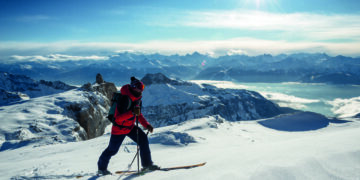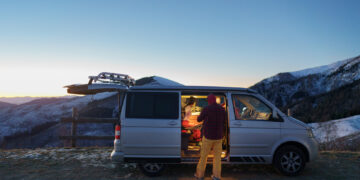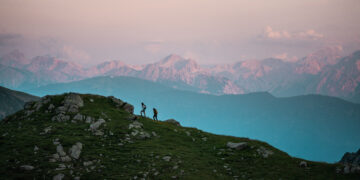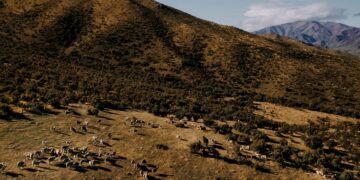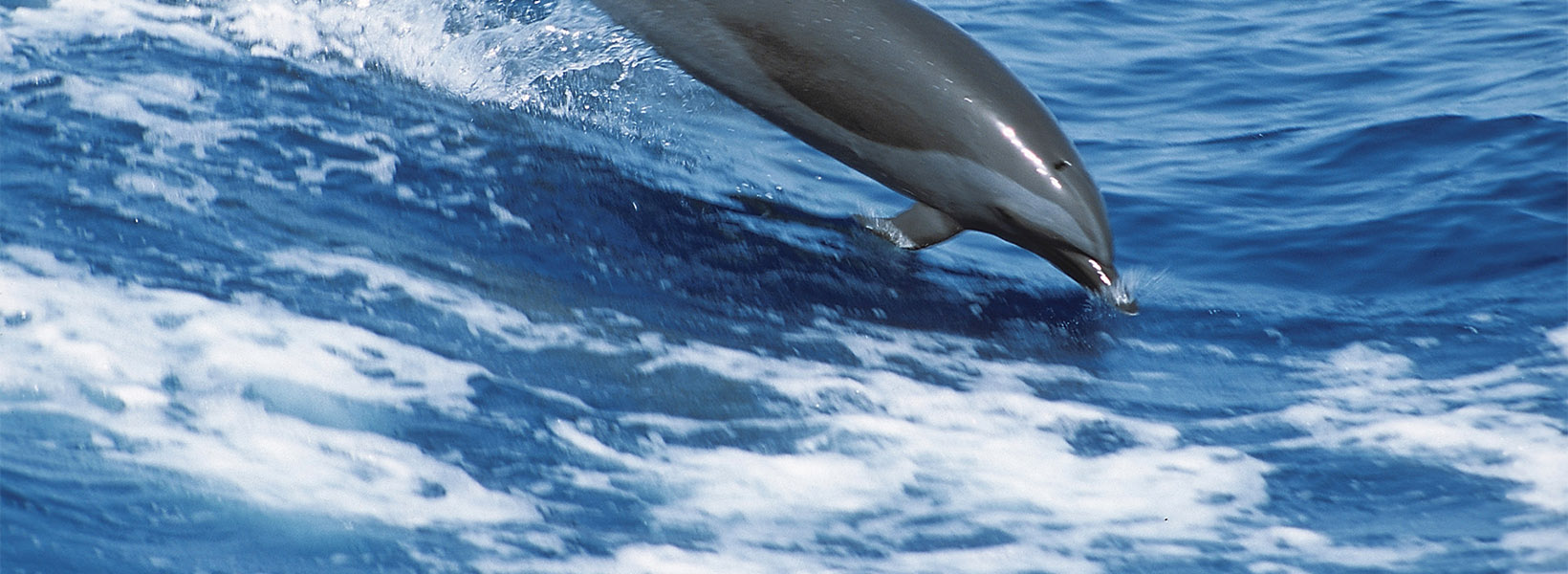“Abu salama abu salama”, cries the young sailor on the bow of the dolphin boat.
The sea’s surface seems to boil as hundreds of dolphins dart like bullets out of the water.
The hull slowly parts a trail through the riot of enchanting beauty around it, drawing small waves that ripple the liquid surface.
The boat seeks the Sataya lagoon, the only certain shelter for the night’s anchorage, well protected by a natural harbour.
The wind whispers incomprehensible words as it pushes the small boat towards an unknown destination, accompanied by the pod of cetaceans diving in and out of the waves.
The sailor stretches his arm overboard, hoping to caress that tapered and arrow-fast body.
The marine creature observes him, intrigued, with a human expression, giving the outstretched hand an almost mocking smile.
Dolphins seem to make fun of the young sailor, their silhouettes appearing and disappearing as in a game of mirrors.
They leap, dive, and then magically reappear in front of the bow.
They spin with light grace as if the water did not affect their bodies.
The sailor watches them in silence, holding his breath for fear that the magic will dissolve, he lifts his head and sees the coral reef of Sataya, the protective lagoon of all sailors.
He turns to take a last look at the pod and shouts with his remaining thread of voice:
“Salamat abu salama. Salamat”
The wind whispers incomprehensible words as it pushes the small boat towards an unknown destination, accompanied by the pod of cetaceans diving in and out of the waves
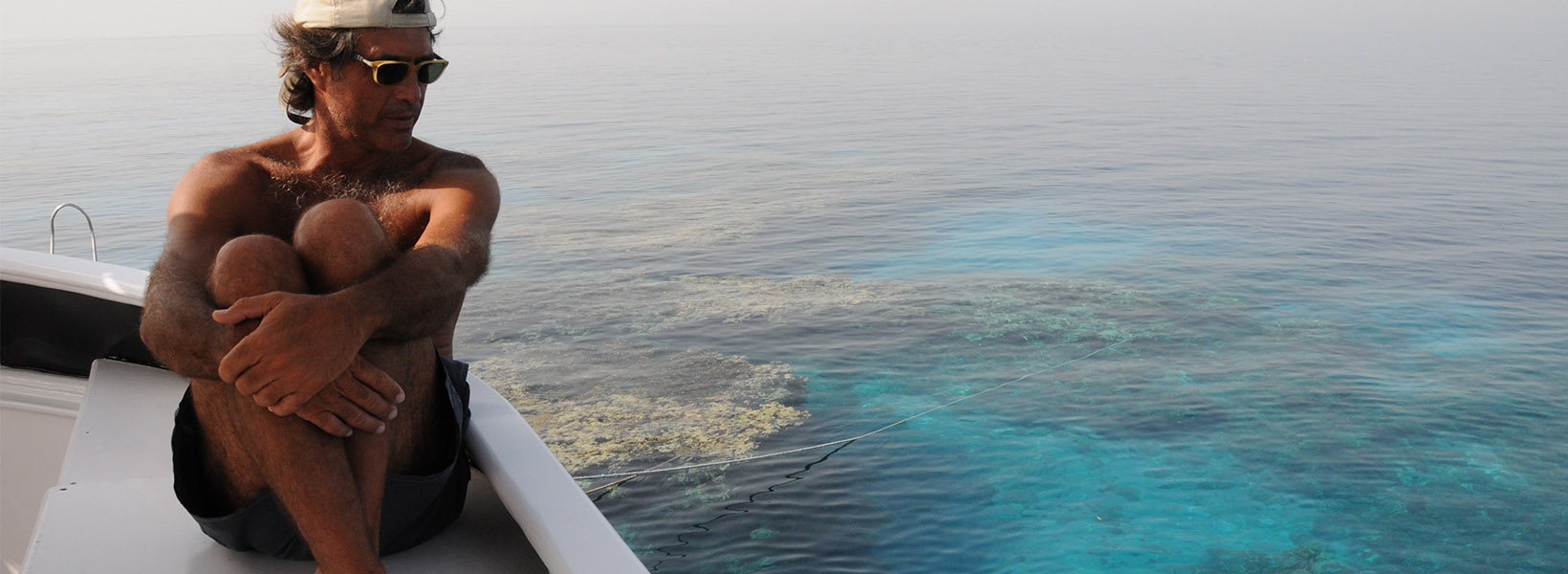
Backstage
I have dived dozens of times into the Sataya lagoon to swim with the dolphins that the Arab sailors call abu salama. The only problem in photographing dolphins is the strong emotion that overcomes you when you manage to interact with them. To obtain good images, interaction with the animal is essential and that is why emotion often takes over.
Massimo Bicciato, photographer and traveller


